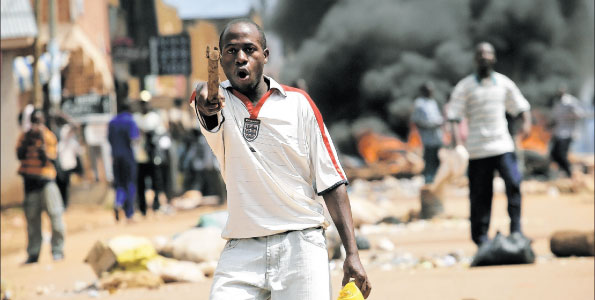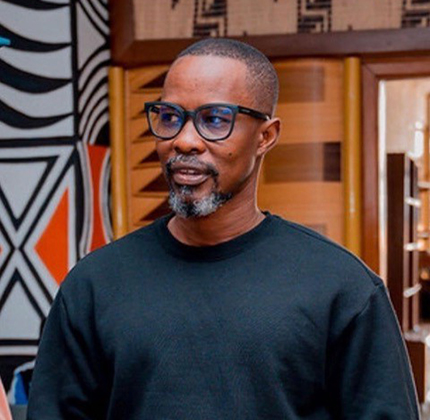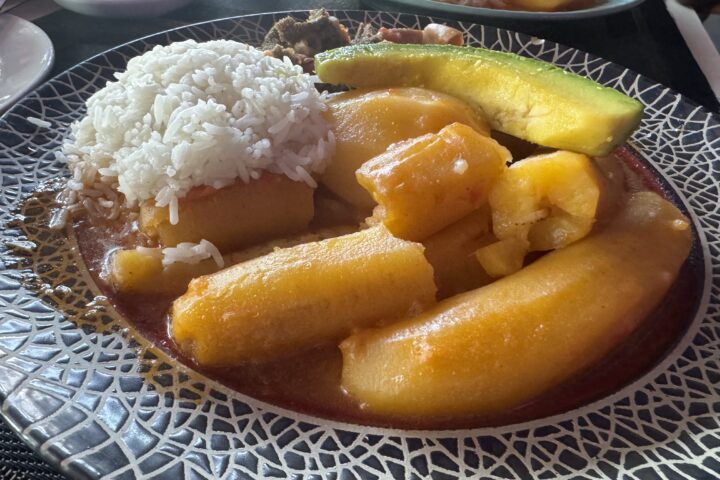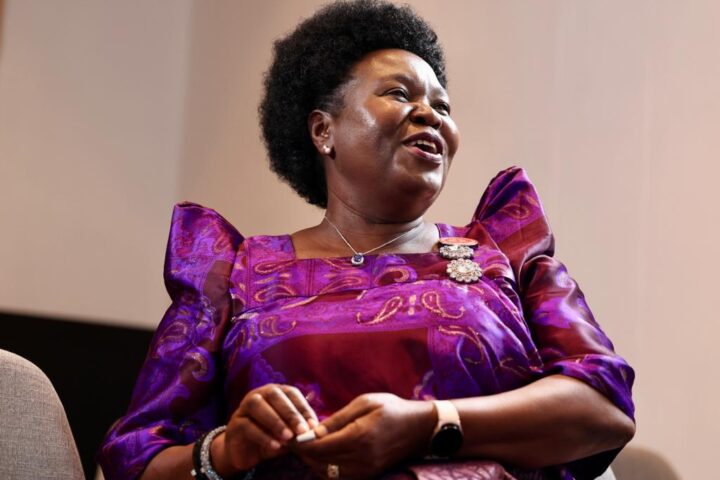morning before the day of the demonstrations to “save” Mabira forest, I came to the office at the Daily Monitor in Namwongo with no particular expectations for the day. Good news days are like fortune cookies. Sometimes they are ordinary. Other times they aren’t. Mostly they don’t make sense. Until they do that is. There had been a build up of emotion around the decision mooted by president Yoweri Museveni to gift Mabira to the Mehta family in Jinja. They intended to expand their sugar cane fields. So Mabira, especially the angry exchanges between supporters of the president (there were few) and everyone else who had an opinion to express on why this forest was like a Ugandan family heirloom (and the world would end if it were razed for sugar plantation).
The morning itself was deceptive.
A bright and sunny day would later rapidly cloud up like someone took a dirty wet cloth to a clean mirror. Roaring dark clouds would march across from Lake Victoria and dump so much water on the hills of the city that the valleys would flood. Some parts of the city instantly become creeks, bays and mini-ports. It was not unusual for adults to be washed away by the running waters but many victims of these surprise floods tended to be young children. Flooding itself was like a confession of inequality. Fancy trash and refuse from the gated and walled homes of the privileged bleed through the poor drainage and reveal themselves.
Brand names from stuff imported from “outside countries” then mixes freely with the more organic garbage from the filthy markets and slums in the valleys. No more than 10 percent of Kampala is connected to a sewer line so these rain-floods are a collective toilet flush. Another sign too that power games at the nations capital have long distracted the elite here.
In Mabira forest rain clouds, back in the day before the earth got warmer, would create a permanent mist so that its valleys would appear eerie and mysterious. A downpour would assault vehicles like wailing mobs. Even today, with the forest looking more and more like a farmers garden than a natural forest, rainstorms are a death trap for commuters.
That morning appeared calm. A few hours later it would rain pretty heavily. And the rain would help quell a particular kind of Kampala protest, one against Asian entrepreneurs and “alien” residents.
Looking back at the Mabira saga, I have had to revisit the ethnography of the street protest in Uganda. Even if the debate leading to the storm on the streets was getting racial with most opinion leaders pointing out that the president was now “favoring” an Asian investor, the prospect of violence against Indians and Pakistanis seemed to belly a different kind of anger; one that asked if Asians are “being favored”, then by who and why? The street had evaluated not just the consequences of such a policy that was friendly to investors but was now protesting the politics of it.
As the protestors moved down on Queens way- the thoroughfare that empties into downtown Kampala the placards, I was informed read something like “one tree cut, one Asian dead”. Travelers along the Kampala-Entebbe route today will recognize Queens’s way. In the evening between six and nine- a flood of humanity and traffic chokes the road like weeds between the Kibuye roundabout now draped in the white and blue of Warid Telecom- the Asian owned mobile services firm. The Queens way clock tower just 20 metres shy of the Kampala main fires station at the base of Nakasero hill is a throw back to the glory days of Kampala. As the crowd approached this intersection matters would get heated not far from the Hindu temples heading up to Kampala’s ‘El Camino”.
This was now serious enough that I called a presidential advisor and headed out of the office to meet him. The previous days I had participated in several radio shows on the crisis- whose aim was partly to get a conversation going amongst Asian opinion leaders about the collateral damage Mabira may do. Many of us, who like other professionals, were rooting for a protection regime for the rainforest resented the intrusion of the central government especially its blatant disregard of expert advise on the importance of the forest. We had embarked on a noisy protest- as a media pack. The most hardened amongst us joined a boycott of Lugazi sugar manufactured by the Mehtas.
Later this wanton disregard of professional advice or processes would become an acute phenomenon in disagreements over major government projects. By 2013, the professional civil service in Uganda would emerge discredited, first from evidence of widespread institutional corruption especially in government procurement but also from the notion that its processes were easily manipulated by special interests to procrastinate on important road, energy and building projects. Due process went one way or another depending on social capital, political influence and money. As with the on-going impeachment of Kampala’s elected mayor that sparked off the latest protests- the public is regularly treated to “fixed matches” pitting powerful groups against each other.
A lot of this ire against the civil service or non-governmental bodies involved in public interest work did have foundation. However what is left out of it is that the civil service had by then become a battleground of these special interests pitting “investors” armed with phone numbers and dinner receipts of the politically powerful against one another. These included influential members of the fourth estate.
In this process little trust remained in what was being done in the name of public interest.
In 2007 however the argument was simply that activism was standing in the way of progress. It did not explain sufficiently why angry traders and merchants were leading the march to save a forest that their charcoal burning homes and restaurants did not give a hoot about. Like most protests, the area where the clashes occurred was the central business district. It is a trading valley that brings together Ugandans and other travelers from all directions arriving in the capital.
Besides Nakasero hill, which for a long time was the residence of the president, the home of Uganda Television (now home of the Kampala Hilton- a hotel project initiated by the Sudanese-Ugandan AYA family with strong ties to State House), downtown Kampala can be viewed from the vantage point of the religious hills around it, Rubaga, Namirembe, Kibuli and Old Kampala atop of which sits the Gadaffi mosque. These power centers, historically political, however merely “rent” the sentiments of the crowded, hardworking streets that traders, builders and travelers occupy below.
When Asians were evicted by Idi Amin, there was celebration here as connected persons became an instant “mafuta mingi” class, a rags to riches lottery that was as tribal as any of the power roulettes that have altered fortunes at the centre of Ugandan power. The Asian expulsion favored Baganda and West Nilers, the previous overlords of the city were northerners, Acholi and Langi.
In the turbulent 80’s the latter group retained power but lost out to westerners led by the current president, Museveni. Indeed in 2007, Mabira demonstrators would also have passed commercial billboards advertising mobile phone deals or banks. In the earlier years of Uganda’s recovery these build boards reflected the mixed fortunes of the post-war years. These days most bill boards have lighter skinned models who uniformly advertise not just products but power- and the growing reality of the shift in influence toward the west of the country.
Anger against Asians being expressed on the graffiti of placards was, one could see, not anger against Asians but against the system that gave them political advantage. Nobert Mao, the DP politician who run against Yoweri Museveni once told me how nostalgic and depressed members of his tribe, the Acholi, felt when driving through the privileged hills of Nakasero and Kololo. “ They pass through and say oh, so and so lived there or that is where we used to visit this and that family,” he said. The revolving door of power in Uganda is also the revolving door of economic fortunes. And it’s within this context that protestors viewed Asians not as economic competitors but as allies of power. The debate it appears on ‘progress” and “poverty eradication”, that politicians embrace nationally dissolves into the street ideology that whoever is “eating” is doing so because they have access to state power and not necessarily because they promote or could enhance more inclusive growth.
It may well be that one cannot expect that wealth and political power can be separated in a country as poor as Uganda. Economic power built on the edifice of opportunities extracted from the control of the state can never be an equitable construct. And where power is viewed as an ethnic system as in Uganda’s case, economic opportunities become ethnic contests. When I arrived for my meeting at Emin Pasha hotel, the two presidential aides I met were already fielding calls about the gathering storm outside. One of them blamed the media. Another said “call the chief of police ask him to shoot the protesters we will explain later”. There was genuine confusion. Since the Mabira riots, which targeted Asians other protests in the valley, have concerned the urban poor or what I call the political society of poverty. Instead of Asians however there was an ethnic logic to the violence against some residents of the city. In places like Kisaasi, mainly “westerners” were targeted even if the exact number of those who fell to these hate crimes is not recorded anywhere. The language of protest is most times deliberately misleading. Like a shape shifter it assumes the issue of public interest being contested at the moment. It can be an environment issue or the legality of the impeachment of the mayor as this last week as shown.
TO BE CONTINUED










